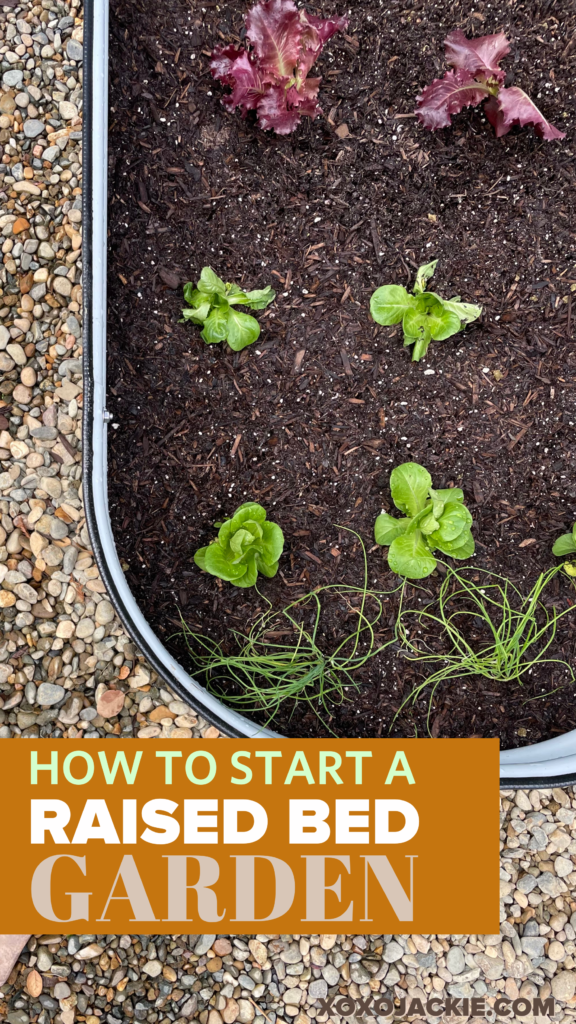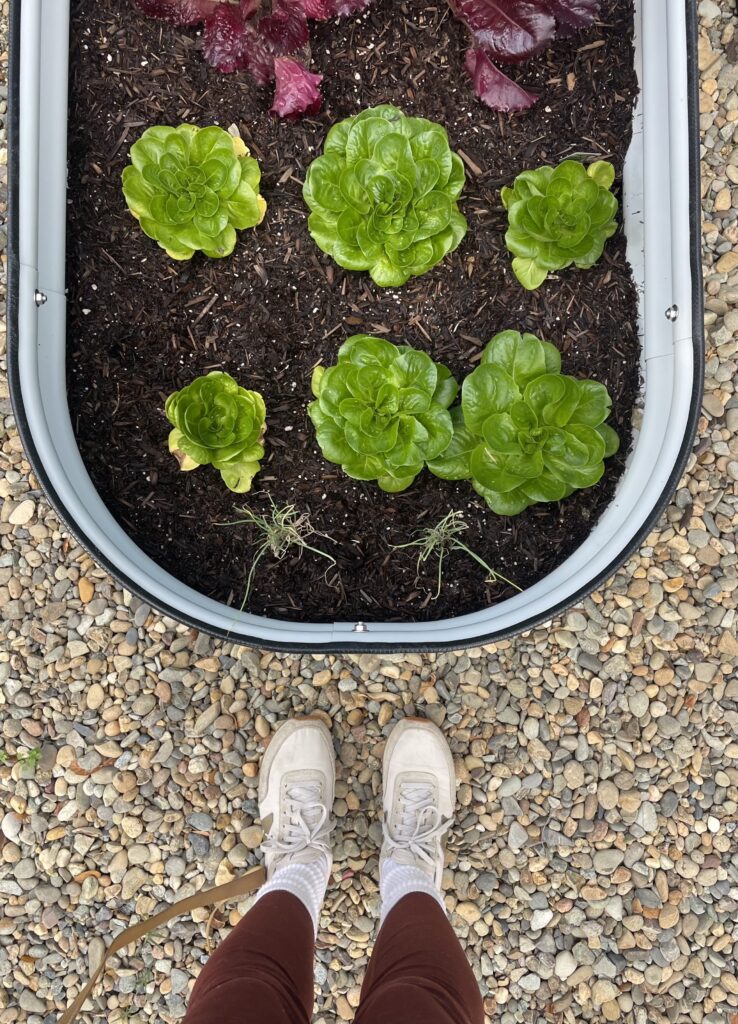
Are you looking to start growing your own produce, right at home in your back yard or balcony? Our Beginner’s Guide to Raised Bed Gardening is here to help you get started with confidence.
Let’s dive into 5 essential steps when gardening – from finding the right space to harvesting your homegrown bounty.
1. Finding the Right Space:
Start by assessing your backyard space to determine the best location for your raised beds. Look for areas with:
- Ample sunlight: Most vegetables and herbs thrive in full sun, so choose a spot that receives at least 6-8 hours of sunlight per day.
- Accessibility: Ensure easy access to your raised beds for watering, maintenance, and harvesting.
- Good drainage: Avoid low-lying areas prone to waterlogging, as raised beds require well-draining soil.
2. Picking Produce:
Selecting the right produce for your raised bed garden is crucial for a successful harvest. Consider:
- Your preferences: Choose crops that you and your family enjoy eating.
- Space requirements: Opt for compact varieties or plants that thrive in containers for smaller raised beds.
- Seasonality: Research the best time to plant each crop based on your local climate and growing season.
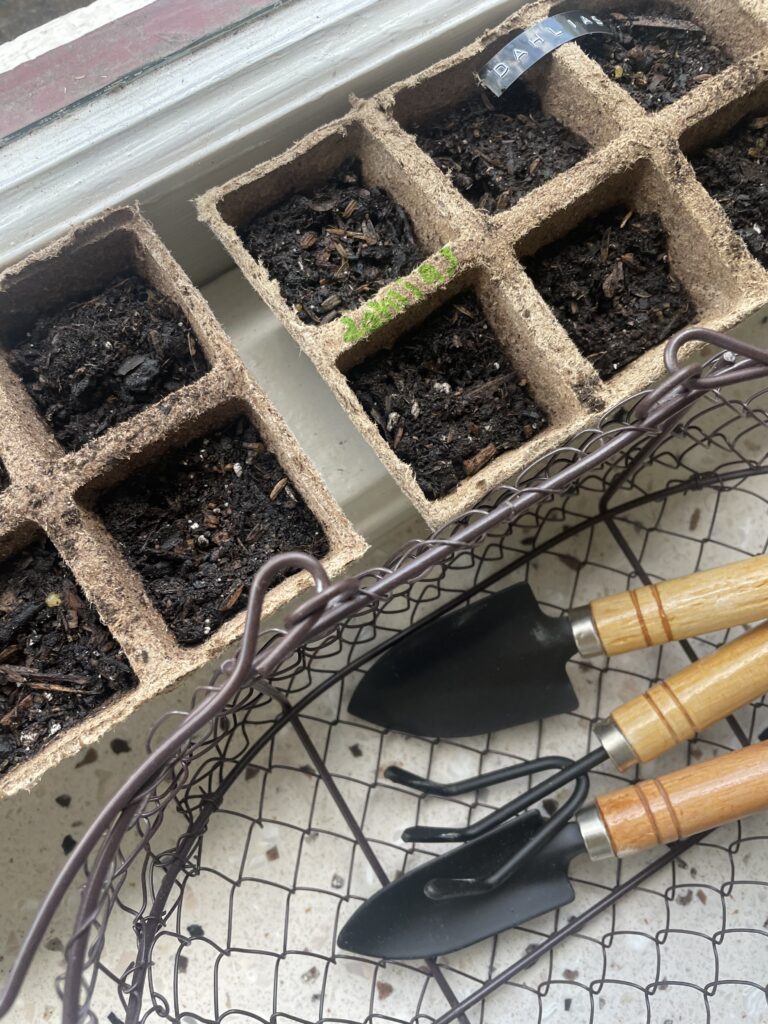
3. Planting Seeds and Seedlings:
Once you’ve chosen your produce, it’s time to get your hands dirty and start planting:
- Prepare the soil: Fill your raised beds with a well-balanced soil mix or amend existing soil for optimal plant growth.
- Sow seeds: Follow seed packet instructions for planting depth and spacing, and keep soil consistently moist until seeds germinate.
- Transplant seedlings: If starting with seedlings, gently transplant them into your raised beds, ensuring proper spacing between plants.
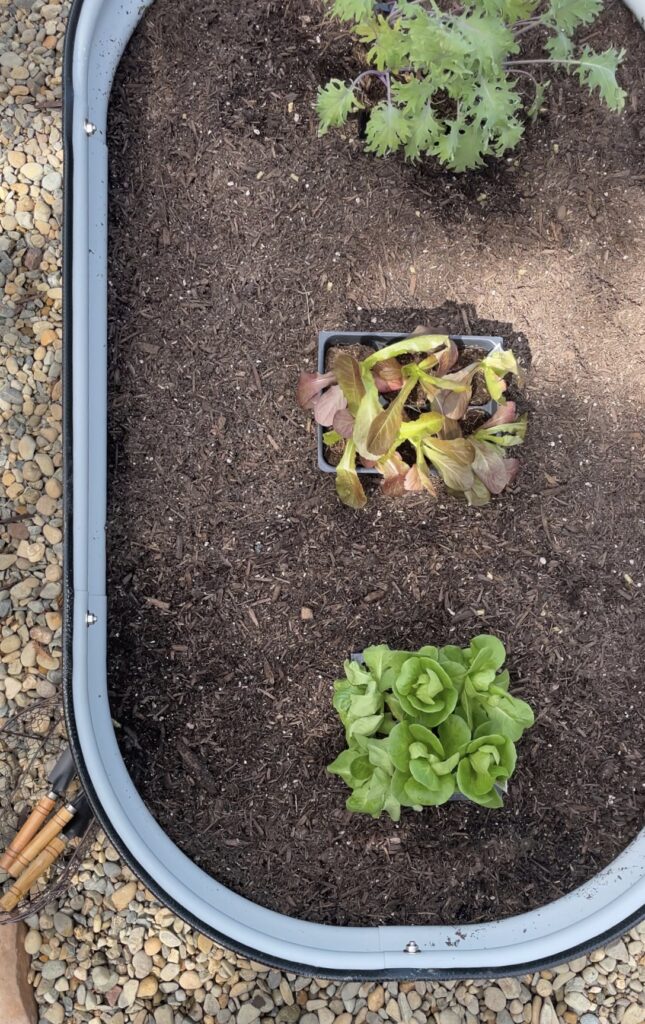
4. Caring for Your Plants During the Growing Season:
Nurturing your plants throughout the growing season is key to a thriving garden:
- Watering: Maintain consistent moisture levels by watering deeply as needed, especially during dry spells.
- Fertilizing: Use organic fertilizers or compost to provide essential nutrients for healthy plant growth.
- Mulching: Apply mulch around plants to retain moisture, suppress weeds, and regulate soil temperature.
- Pruning and Thinning: Trim overgrown branches and thin out crowded plants to promote air circulation and prevent disease.
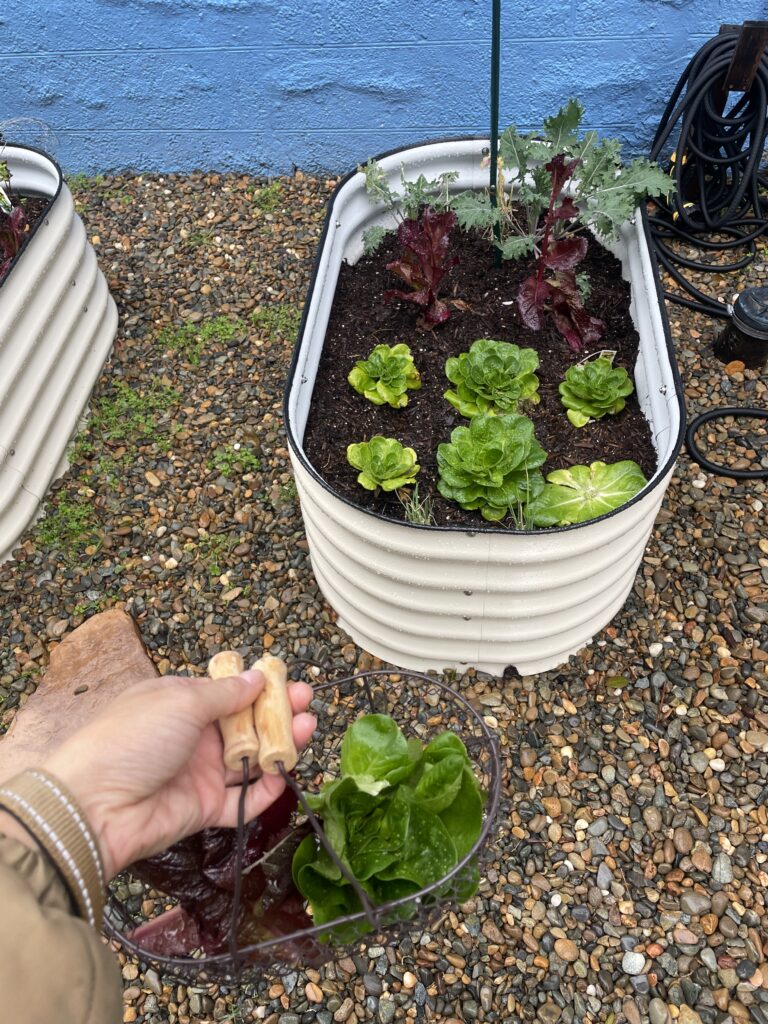
5. Harvesting Your Plants:
The most rewarding part of gardening is harvesting and enjoying your homegrown produce:
- Timing is key: Harvest crops at their peak ripeness for the best flavor and nutritional value.
- Gentle handling: Use sharp tools to avoid damaging plants, and handle delicate fruits and vegetables with care.
- Proper storage: Store harvested produce in cool, dry locations or use preservation methods like canning, freezing, or drying to extend shelf life.
This beginner’s guide provides a glimpse into the exciting world of raised bed gardening. Whether you’re a seasoned gardener or just starting out, creating your own raised bed garden is a fulfilling and sustainable way to enjoy fresh, nutritious produce right at home.
Happy gardening!
